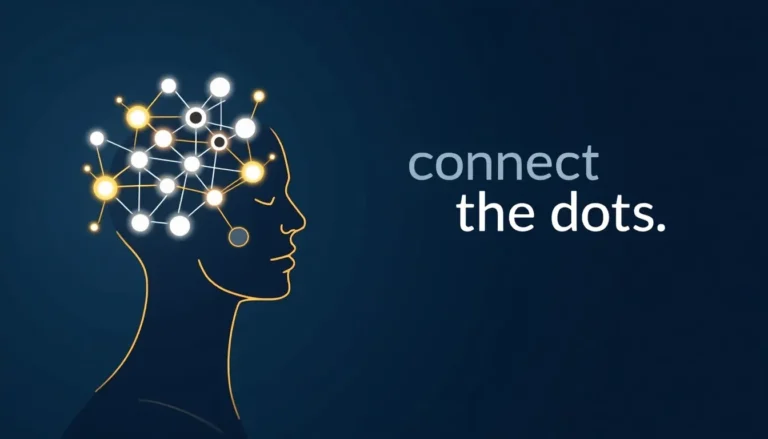The Learning Loop
We’re doing it wrong.
Most of us approach learning like filling an empty vessel – pour in knowledge, seal it up, move on.
But that’s not how learning works. Not really.
Learning is a loop, not a line. It’s cyclical, not linear.
Think about how a child learns to walk. They don’t read a manual. They don’t take a course. They observe, try, fall, adjust, and try again.
Each failure is data.
Each success is validation.
Each attempt closes the loop.
The same pattern appears in artificial intelligence. AI systems don’t simply absorb information – they iterate. They process feedback. They adjust their parameters based on outcomes.
This is why machine learning works. It’s not about perfect programming; it’s about perfect practice.
The loop matters more than the lesson.
Yet in our rush to democratize AI, we’re forgetting this fundamental truth. We’re creating tools that promise instant mastery without the messiness of the loop.
Point, click, generate.
No failure required.
No iteration needed.
But that’s not learning. That’s copying.
Real learning – whether human or artificial – requires:
– Hypothesis formation
– Testing
– Failure analysis
– Adjustment
– Repetition
Each cycle tightens the loop.
Each iteration builds understanding.
Each failure strengthens the system.
The companies that will win the AI race aren’t those with the biggest models or the most data. They’re the ones that understand and implement the learning loop most effectively.
The individuals who will thrive in the AI era aren’t those who can prompt the best outputs. They’re the ones who can learn, unlearn, and relearn the fastest.
The learning loop isn’t just a process.
It’s not just a methodology.
It’s the fundamental pattern of intelligence itself.
We need to stop treating AI like a magic wand and start treating it like what it is: a partner in the learning loop.
Because in the end, the vessel isn’t meant to be filled.
It’s meant to be part of the flow.
Just like that child learning to walk, the power isn’t in the knowledge.
It’s in the loop.
We’re doing it wrong.
But we can learn to do it right.
One loop at a time.



